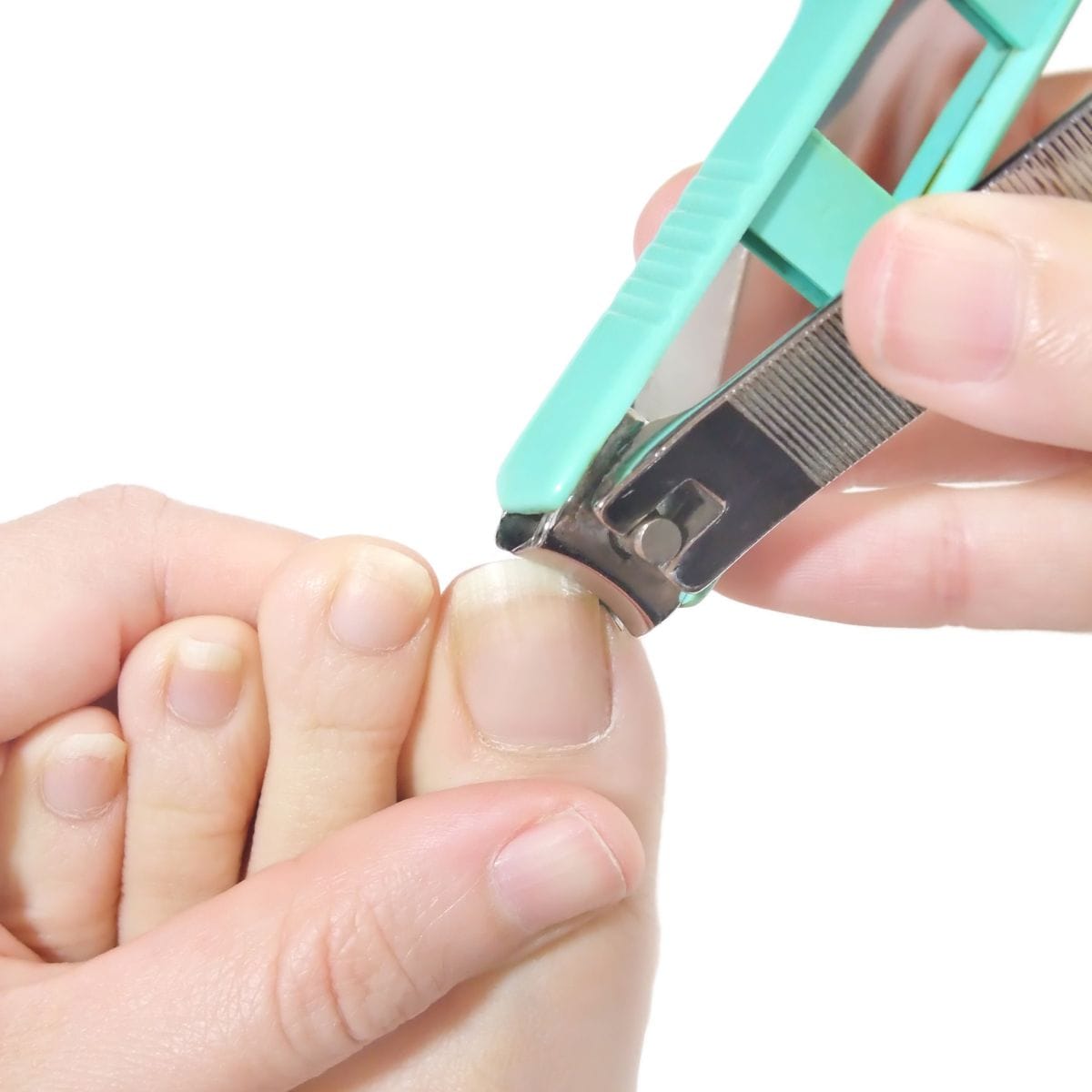Key Takeaways:
- Podiatrists prioritize precision and safety when recommending toenail clippers.
- Different types of toenail clippers cater to specific nail conditions such as thick nails and ingrown toenails.
- High-quality materials like surgical-grade stainless steel ensure durability and hygiene.
Introduction
When it comes to maintaining healthy toenails, the right tools can make all the difference. Podiatrists, the foot care experts, often recommend specific types of toenail clippers to address various nail conditions. Whether you're dealing with thick nails, ingrown toenails, or simply seeking a clean cut, understanding what toenail clippers podiatrists recommend can help you make an informed choice.
Why Toenail Clippers Matter
Toenail clippers are not just simple tools; they are essential for personal care. Using the wrong type of clipper can lead to issues like ingrown toenails, nail fungus, and even injuries. Podiatrists emphasize the importance of using high-quality toenail clippers to ensure a safe and effective trimming experience.
Types of Toenail Clippers
Standard Toenail Clippers
Standard toenail clippers are the most common type and are suitable for regular toenails. They usually feature a straight or slightly curved blade, making them ideal for cutting nails straight across to prevent ingrown toenails.
Heavy-Duty Toenail Clippers
Heavy-duty toenail clippers are designed for thick toenails. These clippers have stronger, sharper blades that can cut through tough nails with ease. Podiatrists often recommend heavy-duty clippers for individuals with thicker nails due to conditions like fungal infections or aging.
Nail Nippers
Nail nippers are another type of toenail clipper recommended by podiatrists. They have a scissor-like design with curved blades, making them perfect for trimming ingrown toenails and reaching difficult areas. Nail nippers provide more control and precision, reducing the risk of injury.
Features to Look For
Sharp Blades
Sharp blades are crucial for a clean cut. Dull blades can crush the nail, leading to jagged edges and potential injuries. Podiatrists recommend clippers with razor-sharp blades to ensure a smooth trimming experience.
Ergonomic Handle
An ergonomic handle provides a comfortable grip, reducing hand fatigue during use. Podiatrists suggest looking for clippers with non-slip handles to ensure better control and precision.
Surgical-Grade Stainless Steel
Surgical-grade stainless steel is a preferred material for toenail clippers due to its durability and resistance to rust. Podiatrists recommend clippers made from this material to ensure long-lasting performance and hygiene.
Recommended Brands
Seki Edge Clippers
Seki Edge clippers are highly recommended by podiatrists for their precision and durability. Made from high-quality stainless steel, these clippers offer a sharp trim and comfortable grip, making them ideal for both regular and thick toenails.
Green Bell Clippers
Green Bell clippers are known for their ergonomic design and sharp blades. Podiatrists often recommend these clippers for individuals with ingrown toenails due to their precise cutting ability and comfortable handle.
Muji Nail Clippers
Muji nail clippers are a budget-friendly option that doesn't compromise on quality. These clippers feature a built-in nail file and a sharp blade, making them a versatile tool for personal care.
How to Use Toenail Clippers
Preparing Your Nails
Before using toenail clippers, it's essential to prepare your nails. Soak your feet in warm water for 10-15 minutes to soften the nails, making them easier to cut. Dry your feet thoroughly before trimming.
Cutting Technique
Podiatrists recommend cutting toenails straight across to prevent ingrown nails. Avoid cutting too close to the nail bed, as this can lead to infections. Use small, controlled cuts to achieve a clean edge.
Common Toenail Issues
Ingrown Toenails
Ingrown toenails occur when the nail grows into the skin, causing pain and inflammation. Podiatrists recommend using nail nippers with a curved blade to carefully trim the ingrown nail and relieve pressure.
Thick Toenails
Thick toenails can be challenging to cut with standard clippers. Heavy-duty toenail clippers with sharp blades are ideal for trimming thick nails without causing damage.
Nail Fungus
Nail fungus can cause nails to become thick, discolored, and brittle. Podiatrists suggest using clippers made from surgical-grade stainless steel to prevent the spread of infection and ensure a clean cut.
Maintenance and Care
Cleaning Your Clippers
Regular cleaning is essential to maintain the hygiene and performance of your toenail clippers. Podiatrists recommend wiping the blades with alcohol after each use to prevent the buildup of bacteria and fungus.
Sharpening the Blades
Over time, the blades of your toenail clippers may become dull. Podiatrists suggest using a sharpening stone or professional sharpening service to keep the blades in top condition.
Conclusion
Choosing the right toenail clippers can significantly impact your foot health. Podiatrists recommend clippers with sharp blades, ergonomic handles, and high-quality materials to ensure a safe and effective trimming experience. Whether you're dealing with thick nails, ingrown toenails, or simply seeking a clean cut, investing in the right tools can make all the difference.
FAQ
What are the best toenail clippers for thick nails?
Heavy-duty toenail clippers with sharp blades are ideal for thick nails. Brands like Seki Edge and Green Bell offer high-quality clippers designed to cut through tough nails with ease.
How can I prevent ingrown toenails?
To prevent ingrown toenails, cut your nails straight across and avoid cutting too close to the nail bed. Using nail nippers with a curved blade can also help trim ingrown nails and relieve pressure.
How often should I clean my toenail clippers?
It's essential to clean your toenail clippers after each use to prevent the buildup of bacteria and fungus. Wipe the blades with alcohol and store them in a dry place to maintain hygiene and performance.

